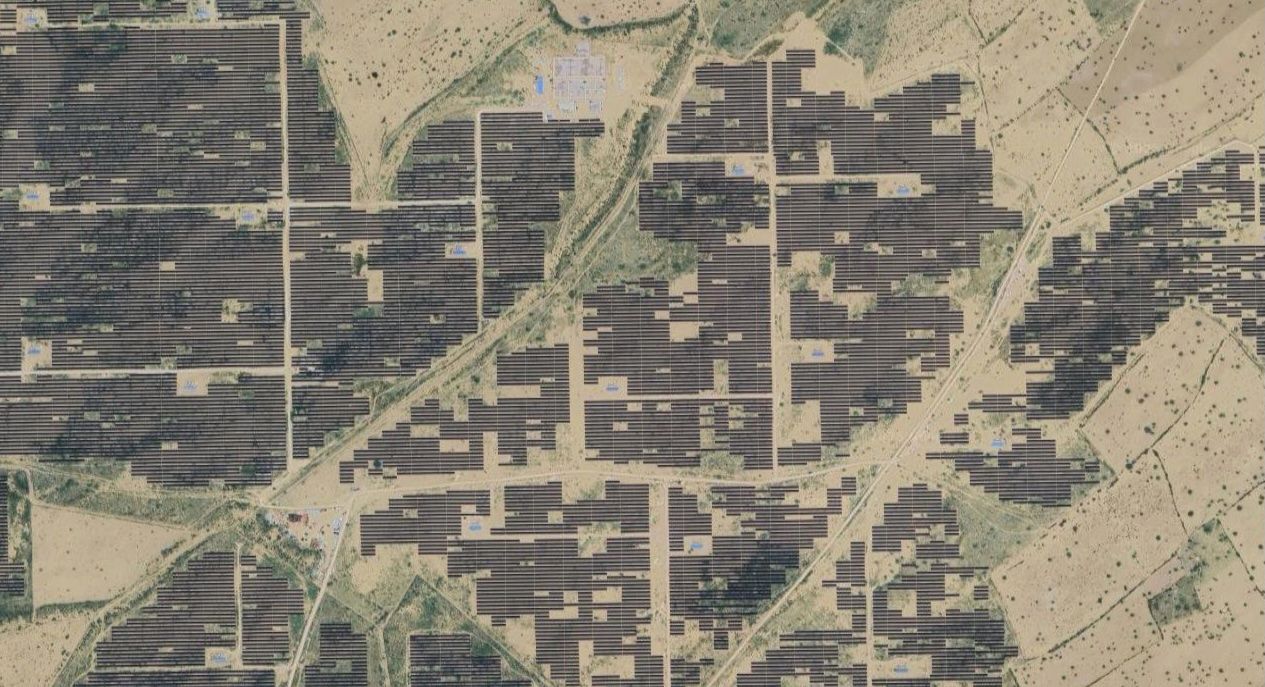Pedal to the Lower-carbon Metal
Dowload the full case study PDF: Pedal to the Lower-carbon Metal: Driving down steel and aluminium supply chain emissions — a collaboration between a global automaker, TASA Analytics, and Climate TRACE
Around the world, major automakers are on a mission to reduce the carbon footprint of the steel and aluminum that goes into their cars and trucks. A major component of achieving this mission involves supply chain strategies around green steel and low-carbon aluminium.
Steel and aluminium are emissions-intensive to produce, considered hard to abate, and are major contributors to total overall greenhouse gas emissions globally — via both their direct Scope 1 emissions and indirect Scope 2 emissions from their intensive electricity consumption. And since they are central materials for today’s cars and trucks, they drive significant portions of vehicles’ total embodied carbon emissions.
The challenge of traditional Scope 3 emissions data
For automakers, steel and aluminium typically sit within a company’s Scope 3, Category 1 emissions (i.e., purchased goods and services). Measuring and managing these Scope 3 emissions is an oft-cited challenge, largely due to issues of traceability and measurement uncertainty. These challenges are exacerbated in long, complex, and rapidly innovating supply chains (e.g., electronics, food, automobiles) where emissions embodied in commodity raw materials — such as steel or aluminium — are buried deep upstream.
As a result, automakers — like most other corporations — rely on average, and often highly aggregated, secondary estimates of embodied emissions. These data generally lack the precision necessary to manage or mitigate the emissions-related risks of companies’ unique supply chains. Overcoming these challenges requires granular, timely emissions intelligence coupled with comprehensive supply chain mapping.
Moreover, most companies estimating their Scope 3 emissions from purchases commonly use “spend-based” emissions factors based on environmentally extended input-output (EEIO) inventory approaches — multiplying readily available purchasing “spend” by a corresponding emissions factor. EEIO models leverage aggregated data from governmental statistical agencies.
Consequently, emissions factors are specified at relatively coarse industry/sector resolution, obscuring the comparison of unique company or facility practices within any sector of any economy. Most companies utilizing a spend-based approach to Scope 3 will apply a single country emissions factor or a globally-averaged multi-regional emissions factor to purchases.
In response, a major global automaker, TASA Analytics and Climate TRACE set out to: 1) more-accurately understand the true emissions of the automaker’s steel and aluminium supply chain, 2) identify cleaner procurement opportunities (i.e., strategic sourcing), and 3) work with existing suppliers to help decarbonize their products (i.e., supplier engagement).
Leveraging Climate TRACE and TASA data
In the steel sector, Climate TRACE offers Scope 1 and Scope 2 emissions factors for hundreds of factories around the world, including distinctions by production method — blast furnace / basic oxygen furnace (BF/BOF), direct reduced iron (DRI), and electric arc furnace (EAF) — as well as by regional grid electricity mix and marginal electricity emissions rate. For aluminium, Climate TRACE similarly offers Scope 1 and Scope 2 emissions factors for hundreds of facilities spanning the value chain, include bauxite mining, alumina refining, and electricity-intensive aluminium smelting.
TASA used these data to enrich its rapid IO-LCA (rLCA) models.
TASA rLCA models provide country-level estimations of the multi-tier structure of supply chain emissions for every industry sector — derived through a structural path analysis of embodied emissions as calculated by the EEIO approach. These models also provide modifications to align direct and indirect emissions relationships with the corporate GHG accounting structure (e.g., Scopes 1–3 emissions across the tier structure).
TASA hybrid-path rLCA models were created for each facility, ingesting Climate TRACE Scope 1 and 2 emissions factor estimates. TASA also parameterized key input variables, such as feedstock composition (e.g., percent scrap). The result was a comprehensive dataset of hybrid-path emissions factors for steel and aluminium producers.
Steel insights
At a macro level, the resulting hybrid-path emissions factors show large variation in emissions intensity across production methods and countries. They also suggest that common EEIO data might underestimate on-the-ground production realities in China and India.
At the facility level, unprecedented supply chain insights emerge. For example, the emissions profiles of US primary steel mills varies significantly (e.g., 186–866 tCO2e/$MM, or 0.5-3.8 tCO2e/t, vs. the US national average of 272 tCO2e/$MM or 1.4 tCO2e/t steel).
When parameterizing variables such as percent scrap, for India-produced steel, increasing the scrap content from 50% to 90% reduces both the emissions embodied in the upstream feedstock (Scope 3), as well as the direct emissions of primary processing (Scope 1). The result is a nearly 50% reduction in the total emissions profile, from 2.14 tCO2e/tcs to 1.3 tCO2e/tcs.
Aluminium insights
In the aluminium value chain, two stages — alumina refining and aluminium smelting — drive the majority of emissions.
A deeper look at the three major aluminium-producing countries of Canada, China, and India, as well as varying the alumina refining environments (Brazil, China, Australia, and India), shows stark differences in aluminium’s total embodied emissions. Results range from 5.7 to 18.5 tCO2e/t aluminum.
As with parameterizing the percent recycled scrap content for EAF steel production, the supply chain decarbonization opportunity for scrap use in aluminium production is profound — an up to 90% reduction in emissions intensity compared to the emissions from producing new, virgin aluminum.
Conclusion
The collaboration between the automaker, TASA Analytics, and Climate TRACE took important steps to transform and enrich commonly used emissions factors, add granular detail, and present it in ways that make it more actionable for supply chain procurement professionals. It did so in three complementary ways: By delivering step-change improvements in country-, supplier-, and facility-level data insights — paired with parameterization of key variables.
By deepening and improving the accuracy of the automaker’s understanding of its own Scope 3 carbon footprint from key supply chain materials such as steel and aluminium, and By revealing insights that can influence future emissions reductions, ranging from procuring from cleaner suppliers to working with existing suppliers to decarbonize their emissions.
Organizations interested in similarly leveraging such data to decarbonize their own supply chains and Scope 3 emissions are encouraged to contact TASA Analytics and Climate TRACE.
Dowload the full case study PDF:***Pedal to the Lower-carbon Metal:*Driving down steel and aluminium supply chain emissions — a collaboration between a global automaker, TASA Analytics, and Climate TRACE



